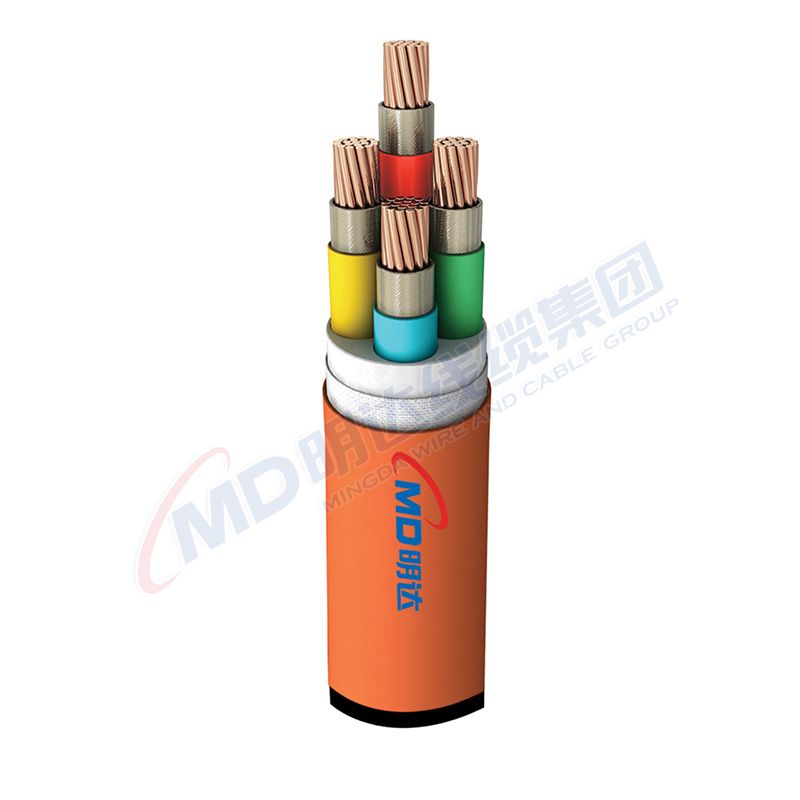ഡിസം . 12, 2024 00:40 Back to list
Understanding Electric Wire Cable Types and Their Applications for Efficient Electrical Installations
Understanding Electric Wire and Cable A Comprehensive Overview
Electric wires and cables serve as the backbone of modern electrical systems, playing a crucial role in the transmission and distribution of electrical energy. From powering our homes to enabling communication systems, the significance of electric wires and cables cannot be overstated. This article delves into the different types of electric wires and cables, their construction, applications, and safety considerations.
Types of Electric Wires and Cables
Electric wires and cables can be broadly classified into two categories wires and cables
.1. Wires - Wires are typically single conductors that can be bare or insulated. They vary in size, material, and resistance. Copper and aluminum are the most common materials used for electrical wiring due to their excellent conductivity. Wires can be categorized into two main types - Solid Wires Composed of a single solid conductor, they are rigid and suitable for permanent installations. - Stranded Wires Made of multiple thin strands of wire twisted together, they are more flexible than solid wires and are ideal for applications where movement is required.
2. Cables - Cables consist of two or more insulated conductors bundled together, often with added protection from environmental factors. Cables can be shielded or unshielded and are categorized based on their intended use, such as - Power Cables Used for the transmission of electrical power in residential, commercial, and industrial settings. - Data Cables Designed for the transmission of data signals, commonly used in networking and telecommunications. Examples include Ethernet cables and coaxial cables. - Multimedia Cables Used to transmit audio and video signals, such as HDMI and RCA cables.
Construction and Insulation
The construction of electric wires and cables is designed to maximize performance and safety. The core conductor (usually copper or aluminum) is surrounded by insulation materials, preventing electrical current from escaping and protecting against short circuits.
Insulation materials vary based on application and environment, including - PVC (Polyvinyl Chloride) Commonly used for general wiring applications due to its durability and cost-effectiveness. - XLPE (Cross-Linked Polyethylene) Useful in higher-temperature and high-voltage applications due to its excellent thermal properties. - Rubber Typically used in flexible cables that require movement.
electric wire cable

Additionally, many cables are equipped with a protective outer sheath made of materials like thermoplastic or thermoset compounds, which enhances resistance to environmental factors such as moisture, chemicals, and mechanical stress.
Applications of Electric Wires and Cables
The applications of electric wires and cables are vast, encompassing various fields
- Residential Wiring Used for electrical installations in homes, including lighting, outlets, and appliances. - Commercial and Industrial Use Vital for powering machinery, equipment, and large electrical systems in factories and office buildings. - Telecommunication Essential for transmitting data and voice signals in phone lines and internet connections. - Transport Used in vehicles for electrical systems, and in rail systems for signaling and power.
Safety Considerations
While electric wires and cables are essential for safety and efficiency, poor installation or faulty equipment can lead to hazards such as electrical fires or electrocution. To ensure safety - Always use wires and cables that meet or exceed relevant standards (such as the National Electrical Code in the U.S.). - Employ qualified electricians for installations and repairs. - Regularly inspect wiring for signs of wear, damage, or overheating. - Utilize circuit breakers and fuses to protect against overloads.
Conclusion
In summary, electric wires and cables are integral components of modern electrical systems. Understanding their types, construction, applications, and safety measures is essential for anyone involved in electrical work or seeking to enhance their knowledge about electrical systems. With the right care and maintenance, electric wires and cables can provide reliable service for many years, contributing to the safety and efficiency of our electrical infrastructure.
Share